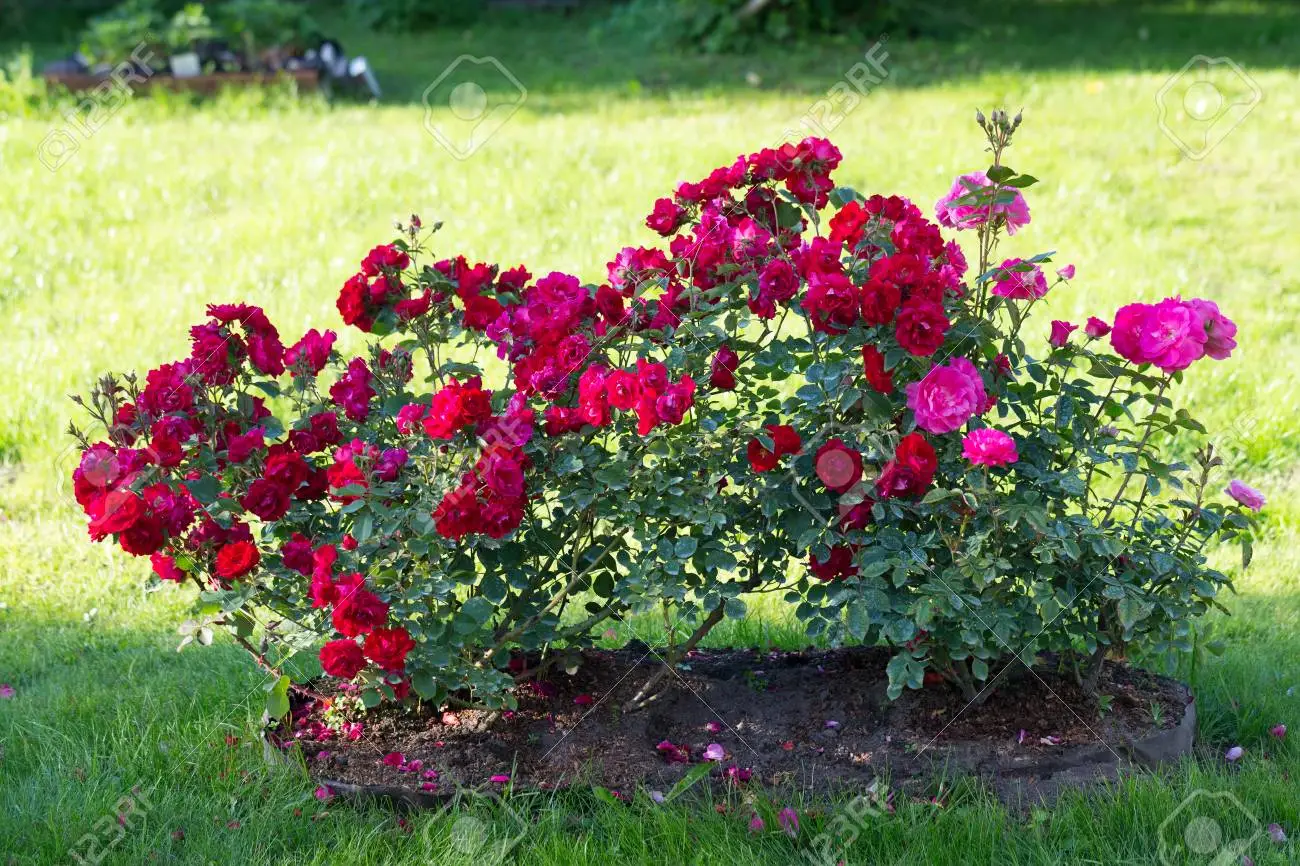The Rose – the Queen of Flowers
Let’s pay special attention to the Queen of Flowers! The fact is that roses have been studied, selected, propagated, and cultivated for many years and that they are the proper flowers when we want to express our love for someone. However, growing roses is not an easy job for those who don’t know enough about them. For any advice and help about roses, do contact your local professional gardener.
In general, it is much easier simply to stab the stick and take root. Take care of the incredibly beautiful and splendid shrub. Attention to growing roses pays off over time, and there are many cases in which a rose bush is passed down through the generations. The variety of species and varieties with their different colors, shapes, and flavors is impressive. From low miniatures to huge climbing queens, from delicate notes of white to screaming purple and red shades, each species has its beauty. However, let’s put romanticism aside and tackle the more practical side of aesthetics:
About the sunshine
Roses love the sun. Most species and varieties need at least 6 hours of direct sunlight a day to thrive. For this reason, they do not grow in shady places. That is why it is good to research and choose the right place for planting. Sensible gardeners follow the course of the sun through the seasons. Once planted, the rose does not like to be moved, so choose a place wisely and prudently.
About the watering
Watering is to be done in the morning, because otherwise either the water is lost quickly by vapors. The plants spend the night wet, and this is a prerequisite for attack by fungal pathogens. In this line of thinking, the leaves should never get wet! Spores spread very easily and quickly through water. Another important note: along with irrigation water it is good to import nutrients according to the stage of development. In the initial stages of spring, nitrogen is imported, and in autumn – phosphorus and potassium, because they remain in the soil longer and are absorbed more slowly.
About the pruning
Pruning roses is as aesthetic as it is a phytosanitary procedure because it can avoid serious disease, and pest attack, as well as shape the bush in a way suitable for the species and variety. Always start pruning from diseased and broken twigs, followed by those that thicken the bush too much inside and those that grow straight up. The next steps are following the form. The first place should always be in the flowering period of the plant itself, as well as the group in which it falls. The most important pruning is carried out in autumn. It is essential to clean the bush and around it, and in spring, when the final shape is made.


